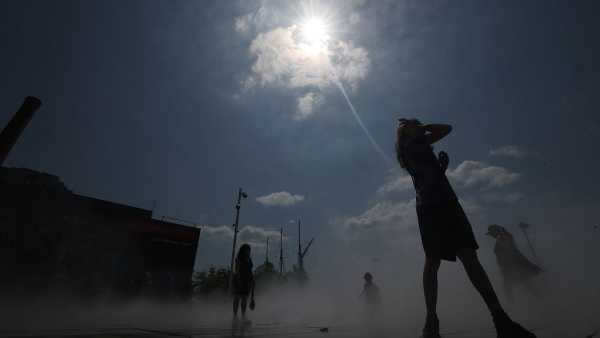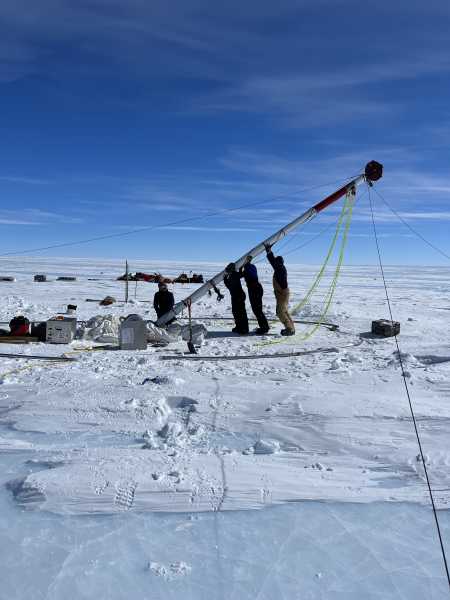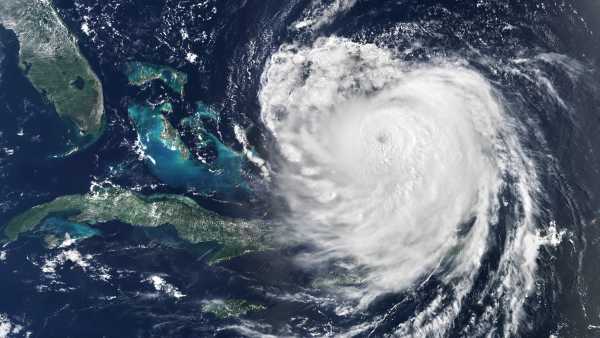
Atlantic hurricanes like Hurricane Erin (pictured) are more likely to occur during La Niña. (Image credit: Gallo Images/Orbital Horizon/Copernicus Sentinel Data 2025 via Getty Images)
La Niña events could occur in the fall and early winter, but they are likely to be weak and short-lived, forecasters say.
La Niña is the cool phase of the El Niño Southern Oscillation (ENSO), a natural climate process characterized by changes in atmospheric and seawater temperatures in the tropical Pacific Ocean. During La Niña, the jet stream shifts northward, bringing wetter conditions and cooler winters to the northern United States, while the southern United States experiences drier conditions and warmer winters. La Niña also tends to result in increased hurricane activity over the Atlantic.
Conditions for this phase briefly occurred last winter, but did not last long enough to be officially considered a La Niña in the historical record. The latest forecast from the National Weather Service suggests we could see something similar in the coming months.
You may like
-
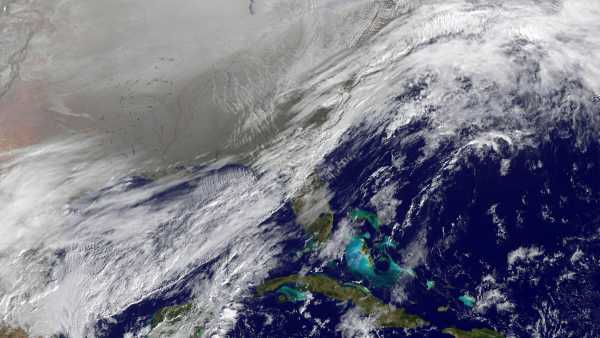
Scientists have detected changes in the polar vortex that are plunging parts of the US into a deep freeze
-
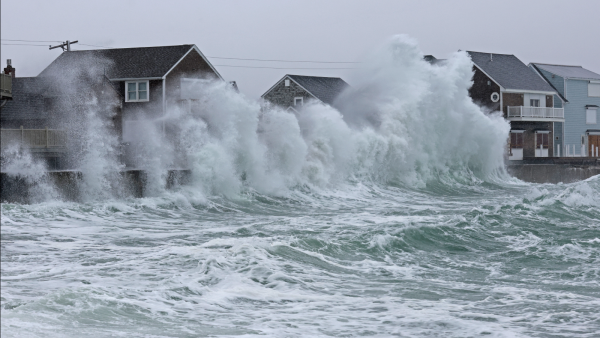
Strong northeast winds along the U.S. East Coast are becoming more intense as global temperatures warm, according to a study.
-

The study found that new, previously unseen, man-made seasons appear to be developing on Earth.
La Niña conditions are most favorable in the fall and early winter, and the current July-September period has a 21% chance of meeting this condition. That chance rises to more than 50% for the overlapping three-month periods from September to January. However, forecasters do not expect significant changes in the weather.
“If La Niña does form, it will likely be weak, meaning La Niña will not have a strong impact during the winter,” Emily Becker, a research professor at the University of Miami and lead author of the National Oceanic and Atmospheric Administration's ENSO blog, told Live Science in an email.
The El Niño cycle (ENSO) produces a warm El Niño phase followed by a cool La Niña phase on average every two to seven years, with each phase lasting about nine to twelve months. However, the timing of these phases varies and is difficult to predict.
The phases are determined by changes in sea surface temperatures in the Niño region of the east-central Pacific Ocean and changing atmospheric conditions that influence the Pacific jet stream. El Niño conditions occur when sea surface temperatures are 0.9 degrees Fahrenheit (0.5 degrees Celsius) above the long-term average, while La Niña conditions occur when sea surface temperatures are 0.9 degrees Fahrenheit (0.9 degrees Celsius) below the long-term average.
Last summer we were supposed to enter La Niña, but conditions didn't come together until December. Because of this late start, La Niña didn't have time to gain strength before winter arrived.
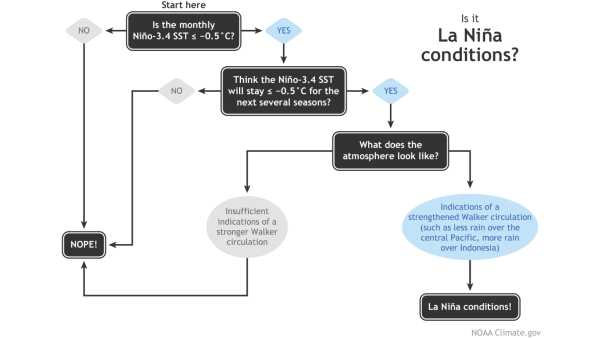
NOAA has a La Niña declaration flow chart.
Warmer-than-normal ocean temperatures last year may have played a role in the delay. Earth experienced an El Niño event from May 2023 to March 2024, which contributed to record heat during that period. However, despite ENSO's actions, the planet continued to warm due to climate change.
RELATED STORIES
— Forecasters warn that Hurricane Erin could bring 100-foot waves to the East Coast this week.
— Satellites have seen France's biggest wildfire in 75 years engulf an area larger than Paris.
— The 515-mile-long lightning strike, which spanned five states, is the longest on record.
Last winter's La Niña period missed the record books because temperatures did not fall below the 0.9°F threshold for at least five consecutive overlapping seasons — periods lasting three months. Recent data suggests that La Niña conditions are likely to occur in only three of these upcoming periods in the fall and winter, making any of these periods unlikely to be considered official La Niña.
“It’s entirely possible that we’ll have another winter like 2024-25, with a few months where La Niña is within the normal range, but not enough to be considered a La Niña event in our historical record,” Becker said. “However, the impacts of last winter were similar to those of a moderately strong La Niña.”

Patrick Pester, Social Links Navigator, Popular News Writer
Patrick Pester is a popular news writer for Live Science. His work has appeared on other science sites such as BBC Science Focus and Scientific American. Patrick transitioned to journalism after working for zoos and wildlife conservation organisations earlier in his career. He received a Master's Excellence Scholarship to study at Cardiff University, where he completed an MA in International Journalism. He also completed a second MA in Biodiversity, Evolution and Conservation in Action at Middlesex University in London. When he's not writing news, Patrick is an investigator into the sale of human remains.
You must verify your public display name before commenting.
Please log out and log back in. You will then be prompted to enter a display name.
Exit Read more
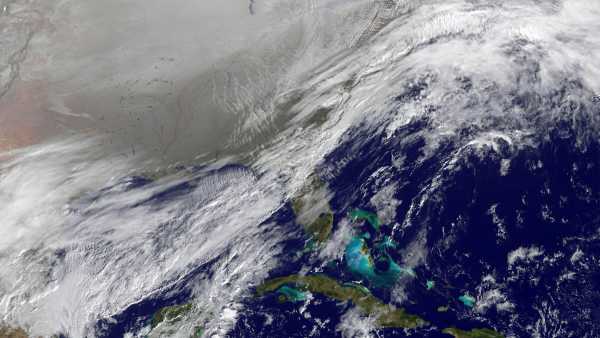
Scientists have detected changes in the polar vortex that are plunging parts of the US into a deep freeze

Strong northeast winds along the U.S. East Coast are becoming more intense as global temperatures warm, according to a study.

The study found that new, previously unseen, man-made seasons appear to be developing on Earth.
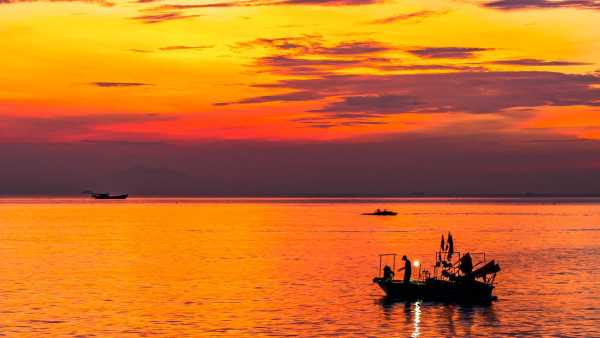
According to a new study, 96% of the world's oceans will experience extreme heat in 2023.
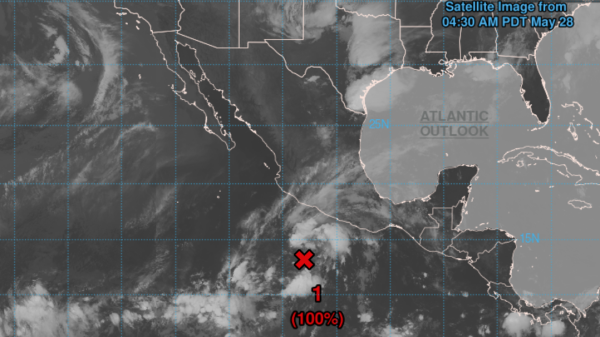
Forecasters say Tropical Storm Alvin will form within the next 48 hours, kicking off this year's Pacific hurricane season.
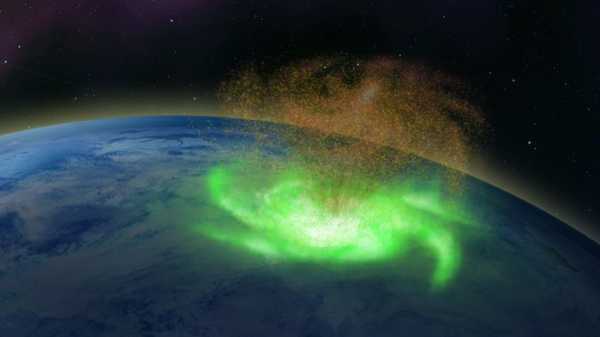
'Space hurricane' captured raging over North Pole on one of the sun's quietest days. Latest weather news
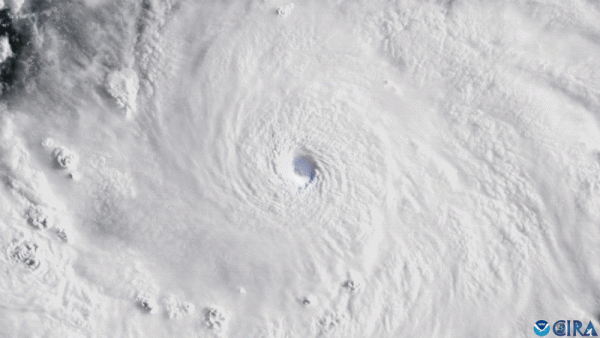
Watch as Hurricane Erin reaches Category 5 strength in lightning strikes.
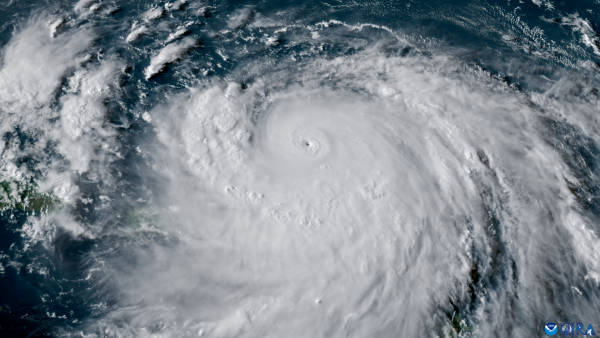
Forecasters warn Hurricane Erin could bring 100-foot waves to the East Coast this week.

Satellites show France's biggest wildfire in 75 years engulfing an area larger than Paris.
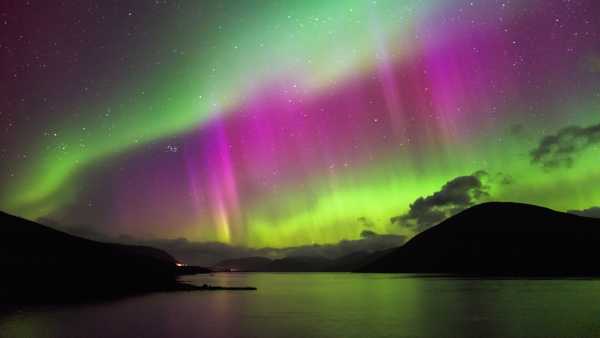
Auroras will be visible across 18 states this weekend as a solar storm approaches Earth.
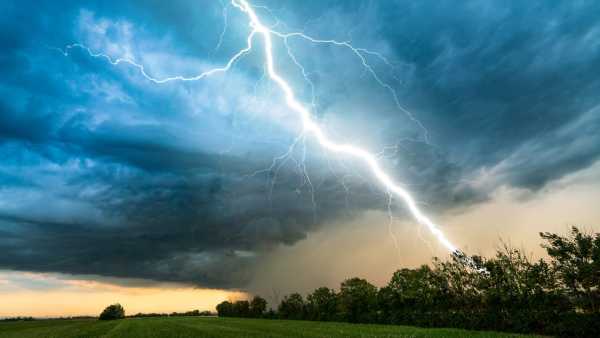
A 515-mile-long lightning strike that spanned five states was the longest ever recorded.
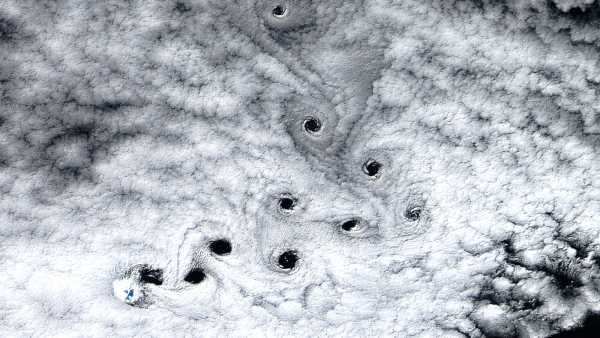
10 Strange 'Dark Voids' Appear in the Skies Above Uninhabited Island Near Antarctica. Latest News

'Mini Brains' Reveal Secrets of Formation of Key Brain Cells in the Womb
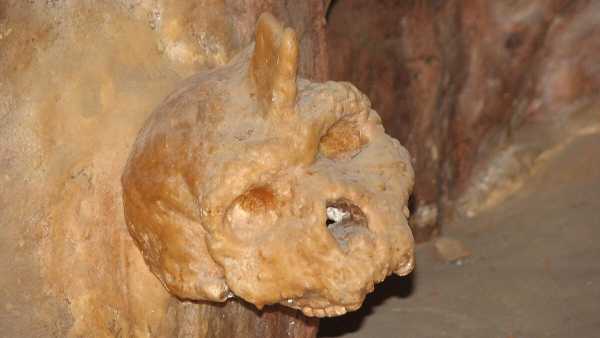
Mysterious 300,000-year-old Greek cave skull was neither human nor Neanderthal, study finds
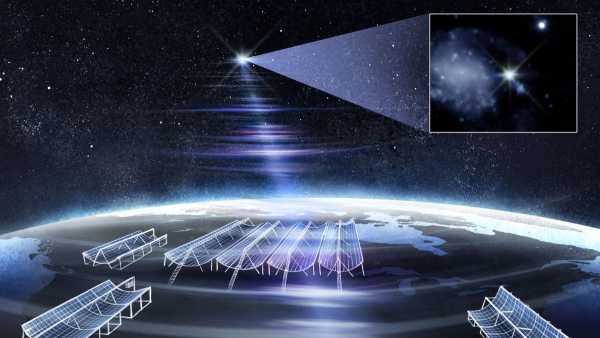
James Webb Telescope Captures Brightest FRB Ever Recorded

'We never had concrete evidence': Archaeologists discover Christian cross in Abu Dhabi, proving 1,400-year-old settlement was once a monastery

If 'pregnancy robots' were a reality, would you use them?
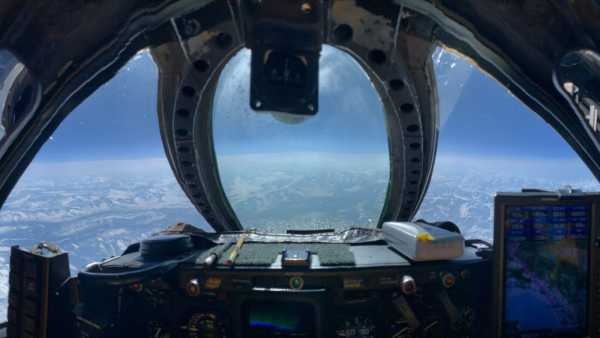
Surprising findings show toxic chemicals polluting groundwater originate in the stratosphere. LATEST ARTICLES

1New Mission to Pluto Could Reveal Dwarf Planet's Hidden Ocean — If 'Queen of the Underworld' Can Fly
Live Science is part of Future US Inc., an international media group and leading digital publisher. Visit our corporate website.
- About Us
- Contact Future experts
- Terms and Conditions
- Privacy Policy
- Cookie Policy
- Accessibility Statement
- Advertise with us
- Web Notifications
- Career
- Editorial Standards
- How to present history to us
© Future US, Inc. Full 7th Floor, 130 West 42nd Street, New York, NY 10036.
var dfp_config = { “site_platform”: “vanilla”, “keywords”: “type-news-analysis,serversidehawk,videoarticle,van-enable-adviser-
Sourse: www.livescience.com


